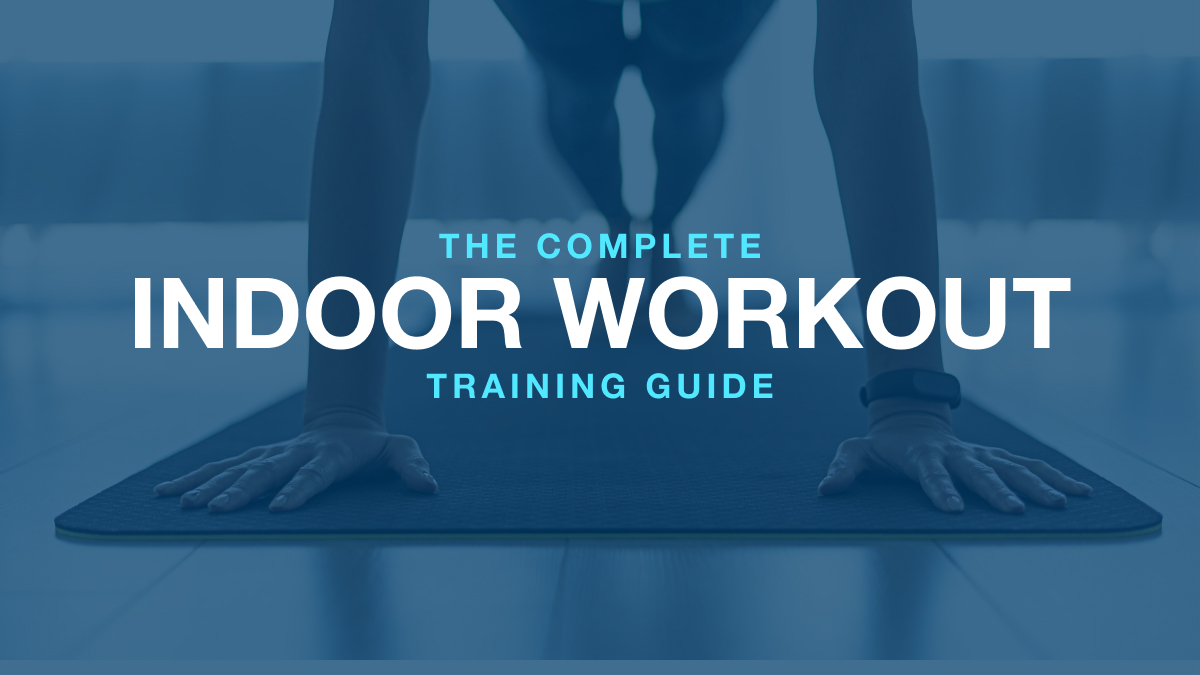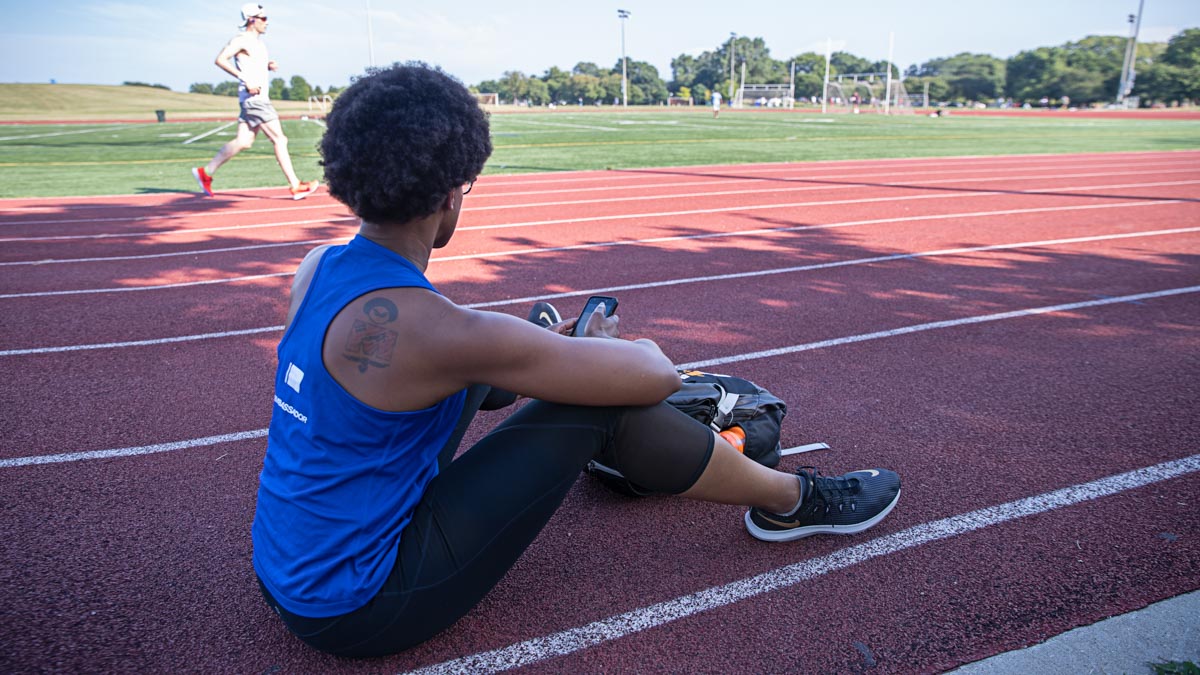At some point you have probably heard someone say ‘go with the flow,’ which many of us interpret as ‘chill out.’ Usually when this statement is made, it is because the recipient of this advice is in need of skills to help them manage whatever their predicament is. While there are undoubtedly individuals who have benefited from hearing this, there are probably just as many people wondering ‘but how do I go with the flow?’
I think this is an important question, to which my response would be: don’t go with the flow; control it. Keep in mind that if you want positive outcomes to happen, you have to be the one that makes them happen by initiating actionable strategies.
What is Flow?
I am going to provide a technique you can use to control the flow, but first let’s establish what ‘flow’ is. Experts within the field of sport psychology have defined ‘flow’ as a psychological experience where individuals are so absorbed in their activity that anything outside of their current focus becomes irrelevant.
Athletes I work with describe flow states where they experience time distortion, the disappearance of self-criticism, and effortless execution of complex motor skill movements. Recognizing the significance of being in a flow state, I make a habit of prioritizing the development of relevant skills that help athletes achieve and maintain this experience. While there are many different strategies you can practice to control the flow, I want to focus here on diaphragmatic ratio breathing (DRB), and the systems that DRB can influence to help you achieve a flow state.
Why Diaphragmatic Ratio Breathing Works
One of the first steps to implementing DRB is to understand what the autonomic nervous system (ANS) is and how DRB interfaces with it. The ANS is a control system that affects bodily functions such as respiration, digestion, and heart rate. Within the ANS are the parasympathetic and sympathetic nervous systems. The parasympathetic nervous system (PNS) is commonly referred to as the ‘brakes’ for the heart, while the sympathetic nervous system (SNS) is referred to as the ‘gas.’
Surprisingly, many performers have not developed the skills or the tactical strategies to regulate these systems, and will oftentimes experience abnormally high SNS activity when they are in high-pressure situations. If an individual is performing on the higher spectrum of SNS activity they will most likely experience symptoms of hyperventilation (which can lead to poor oxygen delivery throughout the body), anxiety, muscle tightness, and palpitations of the chest which can adversely affect proper physiological and cognitive functioning.
In order to counteract heightened SNS activity, DRB is an intervention that can stimulate a relaxation response, enhance respiratory sinus arrhythmia (RSA) and help the athlete reduce the stress of cognitive demands (and increase their sense of flow) during performance.
How Do I Practice DRB?
There are two elements of DRB: Diaphragmatic breathing and ratio breathing. These two techniques combined provide the greatest advantage, though each can be effective on its own. Here’s how to implement both techniques:
Diaphragmatic Breathing
In this deep-breathing technique, the athlete inhales with a complete breath, trying to fill their lungs with air from the bottom up. This long inhale is then followed by a deep exhale where the athlete slowly but forcefully pushes all of the air out of their lungs, while also experiencing mild tension in the abdomen region.
Ratio Breathing
This is which is when an athlete assigns a specific amount of time for each inhale and exhale. A technique I like to use is a 1:2 ratio count (for every 1 second you inhale, exhale 2 seconds). Now that we have a good understanding about what DRB is, we need to establish when and where this skill should be practiced.
When Should I Practice DRB?
Research suggests that daily practice with these types of skills will have more impact on performance compared to less frequent practice habits. I recommend that athletes find at least 20 minutes daily to work on this skill (don’t worry, 20 minutes goes by faster than you think).
The athlete should also practice DRB in a setting that closely resembles training or practice environments. If the athlete only practices in a quiet and secluded area, they won’t be prepared to apply this skill during the commotion of competition day. Similarly, depending on when an athlete’s start time is, I strongly encourage individuals to allocate at least 20 minutes of DRB as close to the very beginning of competition as possible. The longer you can keep your heart rate down, the more likely you are to save your energy reserves for the key moments of the race.
I recommend athletes make a recording of their own voice to help them follow breathing cues. Here’s an example script, which athletes can record and listen to whenever they need to get focused or find flow state:
“Make sure you are in a relaxed position, go through a body scan and just be aware of any tension throughout your body. Close your eyes and start taking deep breaths in and deep breaths out. Pay attention to the sensations of exhaling and inhaling. Continue taking three deep breaths, after the third breath continue a breathing pattern of inhaling for four seconds and then exhaling for eight seconds….inhale one, two, three four, exhale eight, seven, six, five, four, three, two one, inhale one, two, three four, exhale eight, seven, six, five, four, three, two one, inhale one, two, three four, exhale eight, seven, six, five, four, three, two one…” (continue this pattern for as long as necessary).
If you’re reading this and are still unsure about using this skill, remember that you don’t train your body one time and expect to develop peak performance. You train multiple times over and over again, with the understanding that you are working towards a desired outcome. The same goes for training your mind. It’s not the one time you train that counts, but the total volume of work.
DRB can only help your performance, and the best part about it is you can use it as soon as you’re done reading this. My challenge to you is to start practicing this today on your journey towards higher performance!









